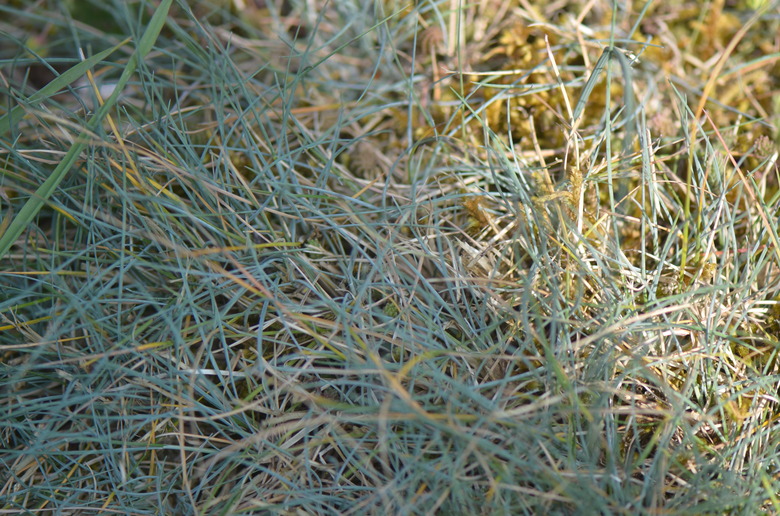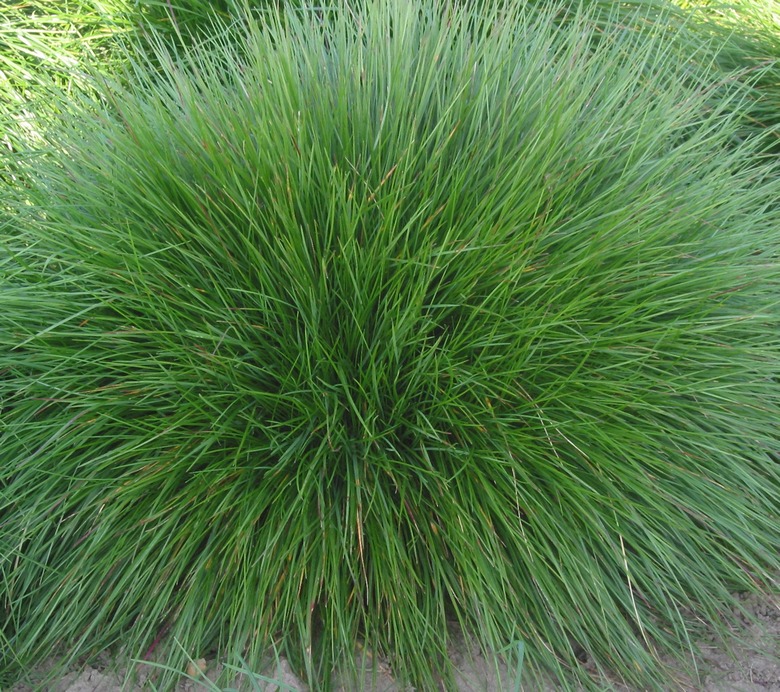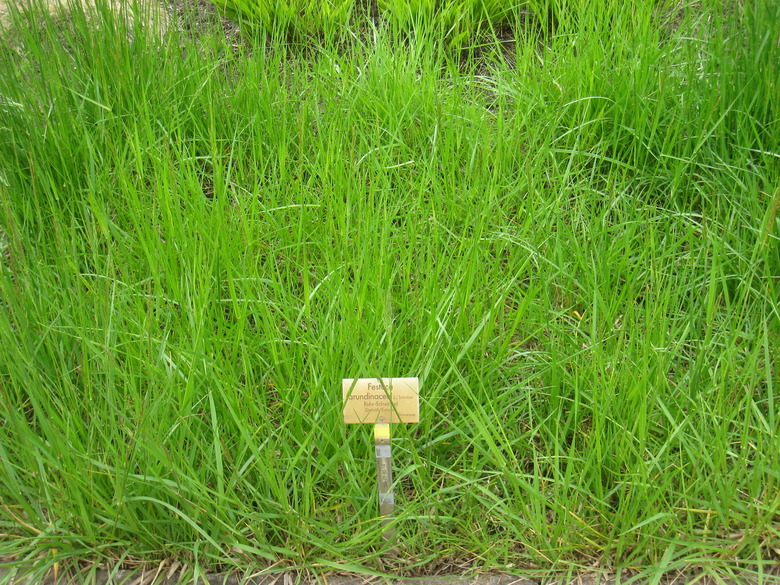Different Types Of Fescue Grass
There are many types of fescue—over 450, in fact—but only 10 of these are recommended for turfgrass. Among these, most are "fine fescue" grasses, but some coarse fescue varieties are widely planted as well. But just because a grass is labeled "fine" doesn't mean that it's better than a coarse variety, because each type has characteristics that make it more desirable in certain locations.
Fine fescues have narrow leaf blades, while coarse fescues' blades are broader, which overall makes this category more resilient for areas that see heavy use.
All fescue varieties are cool-season grasses, which means that they are well suited to northern or coastal climates that have cold winters but mild summers. These types of grasses remain green all year, while warm-season lawn grasses mostly go dormant and lose their green color or might even die in the winter.
Fine Fescue Grass Varieties
The fine leaf fescue category includes multiple species used for lawns and turf. These generally are better adapted to shady conditions and home lawns. These include:
- Sheep fescue or blue fescue (Festuca ovina L., also called Festuca ovina L. ssp. hirtula): This grass has dense tufts and can grow as tall as 40 inches if left unmowed. It spreads via "tillering," which means that it produces side shoots or multiple stems. This variety, which is resistant to drought and cold, is often used for erosion control.
- Hard fescue (Festuca longifolia): This grass performs well in shady areas and in low-fertility soil. If you have a slope where it's difficult to mow, this is a good option, and, in fact, it can be damaged by close mowing. While it's drought- and cold-tolerant, it does poorly in high summer temperatures in the summer months.
- Creeping red fescue (Festuca rubra L. ssp. rubra) and slender creeping red fescue (Festuca rubra L. ssp. littoralis): This variety spreads by underground rhizomes and is deer resistant, so if you have a lawn in an area where deer roam, this might be a good option. It prefers full sun but can grow in partial shade. It's tolerant of a range of soils, from clay to sand, and is drought tolerant.
- Chewings fescue (Festuca rubra L. ssp. commutata; also called Festuca rubra L. ssp. fallax): Although a variety of Festuca rubra, this subspecies is quite different, lacking rhizomes. It is a low-growing grass that is considered to be low maintenance, but it is susceptible to damage from soil salinity, drought and heat—so it's not highly recommended for home lawns.
Coarse Fescue Grass Varieties
Coarse fescue varieties are called "tall fescue" (Lolium arundinaceum, previously called Festuca arundinacea). Tall fescue lawns develop deep root systems, making them drought tolerant.
Tall fescues have been generally dominated by the Kentucky-31 variety (Festuca arundinacea Schreb.), called simply "K-31," a tall fescue cultivar used commonly not only for lawns, but also in areas that see heavy use such as roadsides, athletic fields and parks. K-31, sometimes called a "forage fescue," is currently considered undesirable by homeowners for use in a home lawn, because this is a bunch-type grass that grows in clumps.
Newer cultivars of tall fescue have been developed, however, to have finer blades than the old forage type. For example, Rebel is bred to grow shorter than K-31 and to have finer leaf texture and a darker green color. This type of tall fescue is called "turf-type tall fescue" as opposed to "forage type," and it's usually a good choice for sports fields and parks where a mowing height of about 2 inches is desirable.
Many coarse fescue varieties are used in what is called the transition zone, or the areas of the U.S. where the temperate climates meet the sub-tropical areas.
References
- North Carolina State Extension: Lolium Arundinaceum
- North Carolina State Extension: Festuca Rubra
- Missouri Botanical Garden: Festuca Longifolia
- University of Maryland Center for Environmental Science: Chewings Fescue
- Purdue University: FINE FESCUES Understanding the Differences
- University of Missouri Integrated Pest Management: Understanding Those Fescues
- Rutgers University: Tall Fescue Varieties for New Jersey Sports Fields
- University of California Integrated Pest Management Program: Hard fescue — Festuca longifolia


